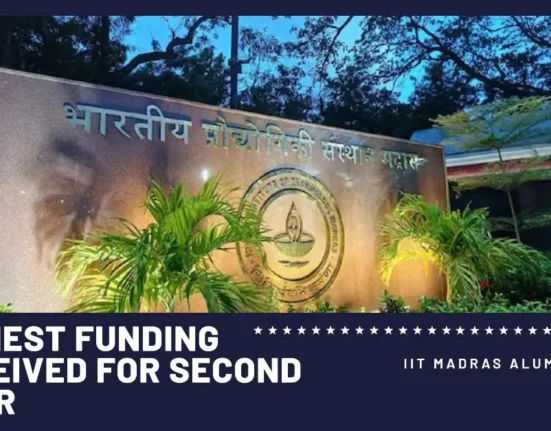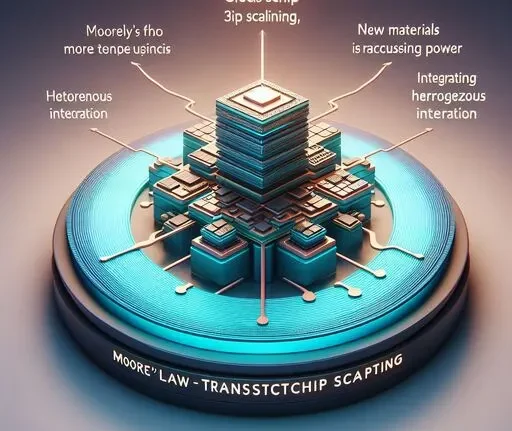Kompact AI Might Be India’s Best Shot at Sovereign AI
- by Abhinav Kumar
- 16 April 2025
- 5 minutes read

For a long time , Nvidia’s CEO Mr Huang has been quite vocal about sovereign AI, asking countries to build AI that represents their country’s culture , ideology, and heritage and protects them .
Sovereign AI means “codifying your culture, your society’s intelligence, your common sense, and your history – you own your own data”: Mr Huang
Well, China did this successfully with their own LLM, Deepseek AI, but somehow India is still lacking in this.
🇮🇳 India has the talent. It has the data. It has the ambition. But one thing India has lacked is the ability to democratise GPUs — the heart of AI training — and thus is not able to utilise its vast talent pool.
For years, this single bottleneck has kept India on the back foot in the global AI race.
But things are seemingly changing with the entry of a new kind of world’s first CPU-first AI stack: Kompact AI.
Well , we have in detail discussed Kompact AI and its technology stack in our previous WireUnwired’s Kompact AI 101 article. You can give it a read if you haven’t till now .
But still, to brief you about Kompact AI , It is an innovative, CPU-first AI platform developed by Ziroh Labs in partnership with IIT (Indian Institute of Technology) Madras. Unlike conventional AI models, which rely heavily on power-hungry GPUs or cloud-based infrastructure, Kompact AI takes a different approach — it is built to run large language models (LLMs) and other AI workloads entirely on CPUs without compromising on performance.

Why is India lagging in the sovereign AI race ?

India’s potential as a leader in AI is undeniable. The country boasts a massive talent pool, a growing tech ecosystem, and vast amounts of data. However, it faces a unique set of challenges when it comes to developing sovereign AI.
A key barrier holding back India’s AI ambitions is the limited access to high-performance GPUs, essential for training advanced AI models. Despite the critical role of GPUs in AI development, India’s supply remains far from meeting demand. The India AI Mission aims to provide 18,000 GPUs, but only 10,000 have been secured, highlighting the ongoing challenge India faces in building the AI infrastructure needed for growth.
India’s heavy reliance on foreign suppliers, such as Nvidia, further complicates its AI ambitions. Indian companies, including Jio Platforms, Zoho, and Tata Communications, are turning to foreign suppliers for GPUs, underscoring the local hardware shortage. Without the ability to provide its own computational power, India will remain at a disadvantage in the global AI race.
With the GPU infrastructure still in development and foreign suppliers dominating the market, India’s AI progress is being constrained.
It is where Kompact AI is offering a CPU-first solution that can bridge this gap, allowing India to bypass traditional hardware constraints.
How Kompact AI Will Aid India’s Sovereign AI Journey?

Well , Kompact AI can help India in this journey in several ways like :
1. Overcoming GPU Supply Shortfalls
The Challenge:
- India’s demand for high-performance GPUs remains unmet. For instance, the IndiaAI Mission aims to deploy 18,000 GPUs, yet only around 10,000 are available today, highlighting the significant gap.
- The Indian data center GPU market, valued at USD 982.9 million in 2024, is expected to grow significantly by 2030, further straining availability.
The Kompact AI Solution:
- Kompact AI’s CPU-first architecture eliminates the need for scarce, expensive GPUs. By leveraging existing CPU infrastructure, it reduces dependence on costly hardware and makes AI development more accessible to Indian companies and startups.
- Cost and Time Savings: With GPUs costing up to 50% more than CPUs, Kompact AI‘s model offers a direct cost-saving advantage, accelerating AI deployment and fostering innovation at a lower cost.
2. Cost-Effective AI Development
The Challenge with GPUs:
- GPUs not only require significant upfront investment but also result in ongoing operational costs, including energy and cooling, making them a barrier for smaller organizations.
Kompact AI’s Advantage:
- By shifting to CPUs, Kompact AI dramatically reduces both the initial and ongoing costs associated with AI infrastructure.
- Real Savings: Estimates suggest that Kompact AI could cut operational costs by up to 50%, enabling more players to enter the AI space, from startups to large enterprises, and stimulating rapid technological development across India.
3. Energy Efficiency and Sustainability
The Energy Cost of GPUs:
- High-performance GPUs consume 300W to 700W per unit, contributing to escalating energy costs, especially in power-hungry data centers.
Kompact AI’s Contribution:
- Kompact AI runs on CPUs, which consume significantly less power—between 95W and 150W per server node—making the platform far more energy-efficient.
- This reduction in power usage helps India align with its sustainability objectives and reduces the environmental impact of large-scale AI deployment. Moreover, lower energy consumption translates directly into cost savings, providing a more sustainable, long-term solution.
4. Enhancing Data Sovereignty and Local Control
The Data Dependency Problem:
- India’s dependence on foreign GPU manufacturers and cloud services risks compromising national security and data sovereignty. Companies such as Jio Platforms and Tata Communications rely heavily on imported hardware, which leaves them vulnerable to global supply chain fluctuations.
Kompact AI’s Local Focus:
- By relying on CPUs, Kompact AI ensures that AI development stays local. This minimizes dependence on foreign suppliers, securing the data within national borders and empowering India to develop AI that is aligned with local needs and values.
- Cultural Alignment: The CPU-first approach gives India greater control over its AI landscape, allowing the creation of AI systems tailored to Indian requirements, free from foreign constraints.
5. Enabling Offline AI Capabilities
Connectivity Challenges in India:
- Many regions in India still struggle with inconsistent internet connectivity. This presents a major challenge for cloud-based AI models that depend on constant, high-speed internet for processing and data transfer.
Kompact AI’s Offline Advantage:
- Local Processing: With Kompact AI, AI models can be processed locally on CPUs, ensuring that AI systems remain fully operational even in areas with limited or no internet access.
- Data Privacy and Resilience: This local processing helps protect sensitive data and ensures that AI-driven applications—such as telemedicine, agriculture, and education—can function without relying on cloud infrastructure, making them more resilient to network outages.
- Real-World Applications: For example, rural healthcare systems can deploy AI-driven diagnostic tools without needing to constantly connect to remote servers, ensuring continuous operation even in remote clinics.
Conclusion: A Holistic Approach to Sovereign AI
Kompact AI does not seems just like a technical solution rather it represents a strategic shift that addresses multiple challenges in India’s AI ecosystem. By overcoming GPU bottlenecks, reducing costs, improving energy efficiency, strengthening data sovereignty, and enabling offline capabilities, Kompact AI offers a comprehensive, scalable solution for India’s sovereign AI aspirations.
While it will be interesting to see how things unfold in India after coming of Kompact , but one thing is for sure :
“The Future holds a lot For India “
Discover more from WireUnwired Research
Subscribe to get the latest posts sent to your email.









